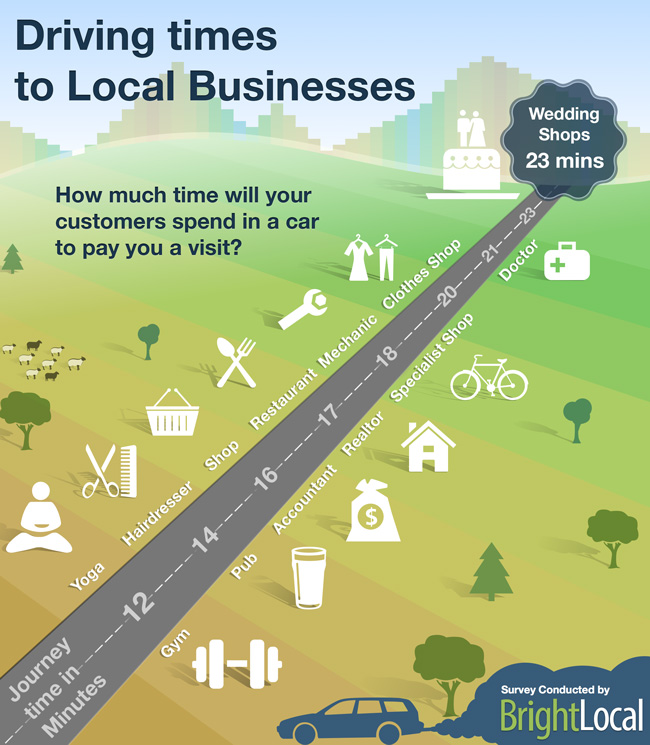I like to define entrepreneurs into one of two categories, they are either a hunter or gatherer.
A hunter is someone who’s business requires them to go out every day and find new customers. Whereas a gatherer is much like a farmer who continuously harvests business from an established base of existing customers. The best businesses do both.
Of course, all entrepreneurs start out as hunters. They must, because they don’t have an existing customer base from which to harvest. Survival in the early days requires hunting every day, otherwise they won’t be in business very long.
Neglected Opportunities
Unfortunately, far too many entrepreneurs neglect the opportunities that exist to become a gatherer. They are so accustomed to the thrill of getting a new customer, they completely miss out on or don’t realize the potential that exist from generating incremental business from their previous customer base.
Long vs Short Purchase Cycles
To be fair, some businesses have incredibly long customer purchase cycles. An example of this is roofing sales as most people only replace their roofs every 15-20 years. Another example is new car sales, whereby people are keeping their vehicles an average of 7+ years. So, trying sell these people any sooner is very difficult.
In these situations, there still exists the opportunity to harvest from these relationships through referrals to friends and families. Easy to do, but seldom tried and wastes all the goodwill generated. Even hunter type businesses can become gatherers, if they stay in business long enough.
Many other businesses with shorter purchase cycles, think months not years, still don’t try to increase the purchase frequency. They are in such a habit of hunting that they overlook or fail to identify the many opportunities to promote complimentary or supplementary purchases. They just wait and hope that the customers return or calls them.
Look for Opportunities
Entrepreneurs that act as gatherers look for opportunities to be constantly in front of their customers, reminding them of the products and services they have to offer. With the all tools available today, such as, social media or email, staying visible is far easier than ever before.
Hunting everyday is far more difficult than gathering. Finding a balance between hunting and gathering can reduce the pressure to find a new customer every single day. Understanding whether you’re a hunter or gatherer business allows you to design the most effective strategy that will allow you to maximize your potential from all the goodwill you’ve already generated.
You may also enjoy No New Customers
Copyright © Greg Weatherdon 2017
Sign up above to receive email notification of the latest update to this blog.
Get More LIFE Out of Your Business
You shouldn’t be the hardest working person in your company.
Many small business owners find that even after the struggling start-up years, they’re working too many hours and still managing every aspect of their businesses.
Greg Weatherdon has been there, done that. As an entrepreneur, he learned not only how to get a business to the point of running smoothly, but also how to reduce the number of hours he worked, delegate more responsibility to his employees, and take longer vacations while his business chugged along like a well-oiled machine. And now he is providing the secret to success.
Do you suffer from any of the following?
1. Business ownership isn’t living up to the dream.
2. Endless workdays.
3. You can’t find good people.
4. Profits are less than expected.
5. You can never take a vacation.
You’re not alone. But there is a solution. As Greg demonstrates, with some time and effort, you really can Get More Life Out Of Your Business.




